Will my Cladrastis Kentuckea (Yellowwood) survive this damage?
restorephoto
7 years ago
Featured Answer
Sort by:Oldest
Comments (19)
kentrees12
7 years agoSara Malone Zone 9b
7 years agoRelated Discussions
Cladrastis kentukea sunscalding in zone 5
Comments (5)They are fine in complete sun here, so don't think you would have much of a problem after a couple years. They will look ratty and drop leaves in drought, but then come back the next year like nothing happened. There are a good number of them in landscape islands of the local Sam's Club that have done well. I'm sure they are drip watered, but even then with the last two summers surrounded, by asphalt, fully exposed...... not bad at all. Arktrees...See MoreMature spread of Cledastris kentuckea?
Comments (17)There is a large Yellowwood about 30 feet off the SW corner of my house. It is approx. 50 years old, 60 feet tall with a canopy spread of about 50 feet. I've read that these trees tend to have a spreading habit and grow in width a bit more than height, but not this one. Its growth seemed to have been forced upward because it was flanked by an even larger Pin oak and a 50 yo equally large Norway maple (which I had removed in 2007), and pretty thick understory growth (including numerous smaller Norways). Not sure what's up with your Norway maple, but I would never describe Acer platanoides as a slow-growing tree. Fast growing, VERY invasive here, makes a zillion seedlings, near impossible to garden under, and an aggressive canopy that outcompetes surrounding trees. Definitely get rid of the Norway and plant a Yellow wood! I would allow an open space at least 40-50 foot diameter for the tree to grow and spread unimpeded - you will eventually be able to enjoy the spectacular blooms closer to the ground and over a larger diameter area. Mine is growing with weird roots and narrow crotches, but in the 7 years I've lived here it has only lost a small inner branch (2" diameter), after which it bled profusely - can't imagine what would happen if it lost a large branch! In the warm days of mid-spring, the sap on this tree runs so abundantly that you can hear the drips of sap hitting the leaves when it falls. The sap has a mildly sweet taste. It may take years for the tree to flower, but it's worth it. Beautiful smooth grey bark and the flowers are sublime! Fragrant and they attract lots of pollinators. Mine has flowered 4 times in the 7 years I've lived here. This year's blooms: A weird girdly root -...See MoreTell me about your Yellowwood - Cladrastis lutea
Comments (55)Just finished up an ACS meeting which was attended by two folks from Kentucky - an arborist and a hort professor at WKU. They are both very familiar with Cladrastis and they both believe that mine have never bloomed due to lack of winter chill. The 'Perkins Pink' should have bloomed earlier than the species because it was either grafted or grown from cuttings and so would have had older wood. I'm going to see what happens this year, due to the increased chill hours that we've had, but I suspect that this tree is just not suitable for CA. :-(...See MoreYellowwood tree problem.
Comments (2)Maybe sunscald? It doesn't look girdling. Just leave it alone and keep it otherwise in good health - adequately watered, properly pruned (in the summer only with yellowwood), etc. and it will probably be fine....See Morerestorephoto
7 years agorestorephoto
7 years agoLogan L Johnson
7 years agomaackia
7 years agoSara Malone Zone 9b
7 years agorestorephoto
7 years agorestorephoto
7 years agorestorephoto
7 years agoken_adrian Adrian MI cold Z5
7 years agorestorephoto
7 years agomaackia
7 years agorestorephoto
7 years agokentrees12
7 years agomaackia
7 years agorestorephoto
7 years agorestorephoto
7 years ago



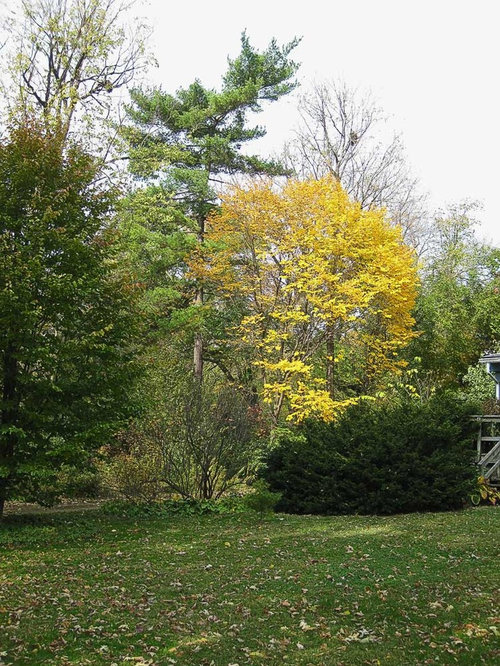
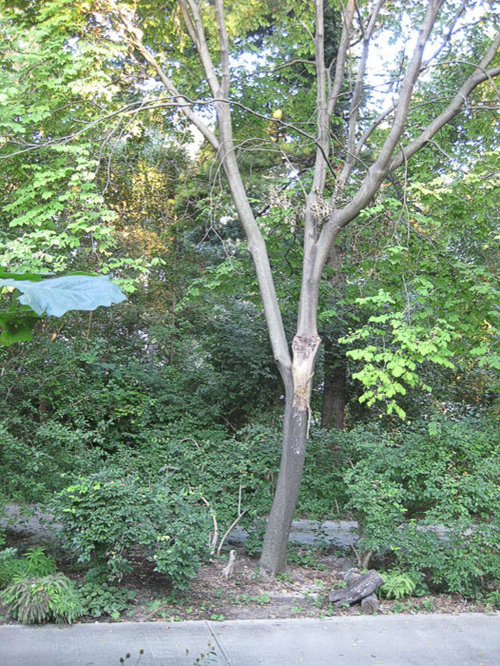
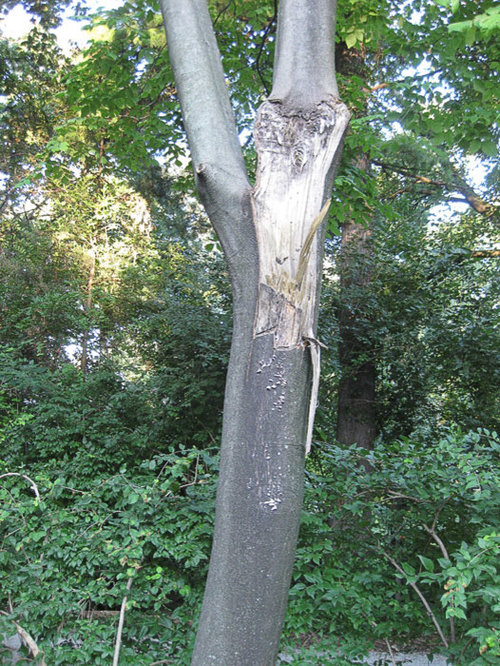
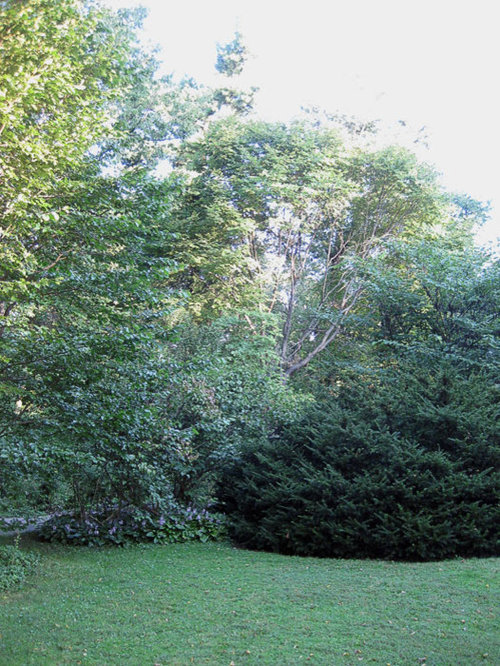



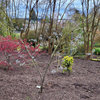
kentrees12